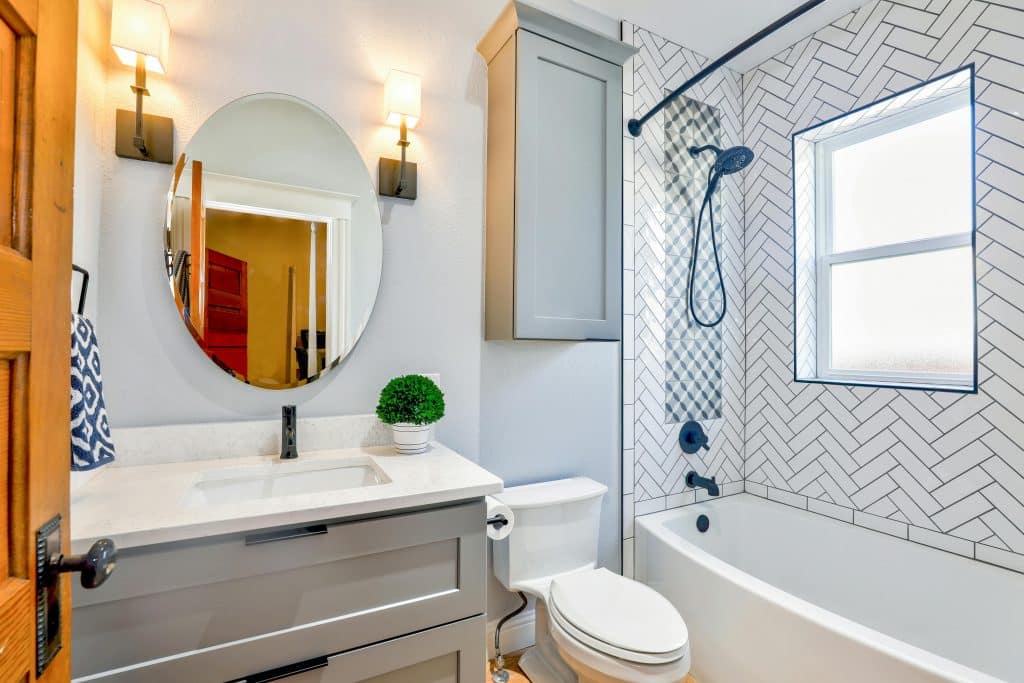A home’s plumbing system is one of its most essential yet least visible components. From the moment you turn on a tap to the instant water drains away, a complex network of pipes, valves, and fixtures works seamlessly to supply and remove water. Understanding how these systems function not only helps with maintenance but also ensures that repairs and installations are handled efficiently by qualified professionals. Whether you’re troubleshooting a leak or hiring a plumber townsville for expert service, knowing the basics of plumbing systems can make all the difference.

The Two Main Plumbing Subsystems
Every plumbing system in a home or building consists of two major subsystems:
- The water supply system – brings fresh, pressurized water into the building.
- The drainage or wastewater system – carries used water and waste away safely.
The supply system connects to a municipal water source or private well. It operates under high pressure, allowing water to travel to taps, showers, washing machines, and other fixtures throughout the property. In contrast, the drainage system relies on gravity, slope, and venting to move wastewater out to a sewer or septic tank.
Water Supply System Components
Water enters the property through a main supply line that’s controlled by a shutoff valve, typically located near the meter. This valve is vital—it lets you stop water flow in case of a leak or burst pipe. The water then travels through a network of smaller pipes leading to fixtures and appliances.
Key components include:
- Pipes and fittings: Usually made of copper, PVC, or PEX, depending on local codes and water chemistry.
- Valves: Used to control flow, isolate sections for repair, and prevent backflow contamination.
- Pressure regulators: Maintain safe operating pressure to prevent strain on fixtures and pipes.
- Hot water systems: Store and heat water, ensuring constant availability for domestic use.
Hot water is distributed through a separate line connected to the heater. Proper insulation minimizes heat loss, improving energy efficiency.
The Drainage and Venting System
Once water has been used, it exits the building through the drainage system. These pipes are wider than supply pipes and work with gravity rather than pressure. Every fixture has a trap, a U-shaped bend designed to hold a small amount of water. This water acts as a seal, preventing sewer gases from entering living spaces.
Drainage systems also rely heavily on vent pipes, which extend upward and out through the roof. Vents balance air pressure within the system, allowing wastewater to flow smoothly and preventing gurgling or slow drains. Without adequate venting, drainage can become sluggish or even pull water out of traps, breaking the gas seal.
Common Plumbing Problems and Causes
Even well-installed systems encounter issues over time. Some of the most frequent problems include:
- Leaky pipes or joints: Often caused by corrosion, high water pressure, or worn seals.
- Clogged drains: Due to hair, grease, soap scum, or foreign objects.
- Low water pressure: Usually a result of mineral buildup, leaks, or a failing pressure regulator.
- Running toilets: A worn flapper or valve can waste significant amounts of water.
- Noisy pipes (water hammer): Occur when fast-closing valves cause shock waves through the piping.
Preventing these issues involves regular inspection, timely maintenance, and prompt repairs when needed.
The Importance of Proper Installation and Maintenance
A well-designed plumbing system is built for longevity and safety. Improper installation, such as incorrect pipe slope, poor sealing, or inadequate venting, can lead to leaks, blockages, and even contamination of clean water. Routine maintenance by qualified professionals ensures that valves, joints, and seals remain tight and functional.
Hot water systems, in particular, benefit from periodic servicing. Replacing anodes, flushing tanks, and checking thermostat settings can extend the unit’s life and improve efficiency. Similarly, regular drain cleaning and camera inspections can prevent serious blockages and costly excavation work later on.
The Role of Plumbing in Modern Buildings
In large buildings, plumbing becomes more complex, involving multiple risers, pumps, and circulation systems to distribute water evenly across floors. Backflow prevention, fire sprinklers, and greywater recycling are also integral parts of modern plumbing infrastructure. Commercial and high-rise systems often use advanced control valves and monitoring systems to maintain pressure and detect leaks before they cause damage.
When to Call a Professional
While homeowners can handle minor maintenance tasks, like replacing washers, cleaning aerators, or plunging drains, many plumbing jobs require licensed expertise. Only trained professionals are qualified to install or repair systems that connect to potable water, sewer lines, or gas fittings. Attempting major DIY plumbing work can result in fines, damage, or safety hazards.
Suppose you experience low water pressure throughout your home, recurring blockages, or signs of leaks behind walls or under floors. In that case, it’s best to call a plumber Townsville or another licensed professional who can diagnose and fix the issue safely and efficiently.
Conclusion
Plumbing systems are the hidden lifelines of every home and building. They deliver clean water, remove waste, and ensure a safe, hygienic living environment. By understanding how these systems work and by maintaining them through proper inspection and repair, you can prevent costly emergencies and extend the lifespan of your infrastructure. Reliable plumbers play an essential role in keeping these systems operating efficiently and safely, making their expertise invaluable to homeowners and property managers alike.